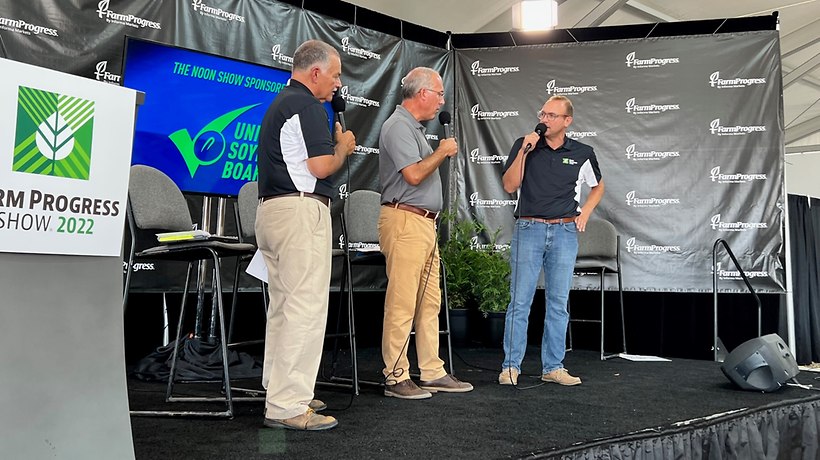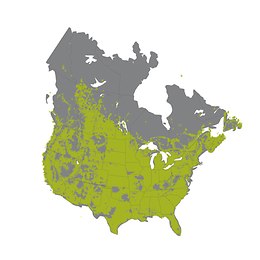


Small grain pre-harvest combine checklist
When you only operate a piece of farm equipment a few months out of the year, it’s important to make sure it’s ready to operate at peak efficiency when required. Especially when it comes to harvest! How do you get your CLAAS combine ready for the critical small grain harvesting season?
Jeff Gray, Product Manager, Field Support, shares his pre-harvest checklist as some of our southern states head into harvest this month:
- A clean combine definitely makes inspections and repairs easier and more accurate. Prior to harvest, blow off and thoroughly clean your combine and inspect for oil and grease leaks.
- Keeping gearbox oil levels properly filled with quality lubricants will drive reliability and uptime into your harvest. Always check and replace your combine’s fluids according to the maintenance schedule found in the operator’s manual, and always use the lubricants specified by the manufacturer.
- Worn belts and chains can result in less than desired performance and may cause untimely and unnecessary downtime during harvest. Before heading to the field, be sure to inspect all belts and chains for wear and replace them as needed and always use proper tension in order to get the most out of them. If a belt or chain is unable to reach proper tension it should be replaced.
- Worn and damaged threshing elements can make it difficult to optimize performance to get the most out of your combine. Inspect all threshing and separation elements for wear and damage and replace as needed. Damaged rasp bars and concaves can cause pinch-points which can cause grain damage and make it harder to resolve from the cab without increasing grain loss.
- The straw chopper is the fastest moving system on the combine and dull chopper knives (rotating and stationary knives) can increase the amount of power required to chop the straw and slow your harvest. Worn knives and spreader paddles can also result in inconsistent spreading. Be sure to flip chopper knives and spreader paddles after every harvest to ensure a sharp, straight edge at the start of your next harvest. If the knives and paddles have already been flipped around or are extremely worn / rounded or damaged replace them for best results.
- To ensure the most efficient small grains threshing performance with the highest quality grain sample, be sure to use the correct pre-concave and main concave configurations, found in the operator’s manual, for the crop and conditions being harvested.
Event calendar
-
DateEvent
-
Jul 25, 2024 - Jul 25, 2024Baltic, SD
-
Aug 27, 2024 - Aug 29, 2024Boone, IA
-
Jul 16, 2024 - Jul 18, 2024Saskatoon, Saskatchewan

















